
Flight Paths: the story of bird migration science
Science writer Rebecca Heisman tells us how she came to write her first book, and why it’s vital that we tell the stories of the birds around us.
During that initial round of COVID-19 lockdowns, people all over the world were searching for a way to keep themselves occupied at home, and began to take fresh notice of the birds in their neighbourhoods. I was one of them – though I was already a casual birder, I found particular solace in the return of migrating birds that spring. They were a reminder of hope and continuity beyond the personal and professional turmoil I was experiencing.
Before COVID-19, I worked full-time as a communications staffer for the American Ornithological Society, the world’s largest professional organisation for bird scientists. A large part of my job was reading scientific studies being published in their journals and promoting them to journalists and the public. I read a lot of papers and talked to a lot of researchers, and I was fascinated by the methods used in many of the studies. I was amazed that you could study bird migration using weather radar, for example, by analysing hydrogen isotopes in feathers, or by recording the calls of birds passing overhead.
By the summer of 2020, I had left that job, overwhelmed by the demands of pandemic childcare and a serious medical diagnosis of my own. But my fascination with how we know what we know about migrating birds stuck with me, and I began to write a book proposal in hopes of exploring the subject further.
Never having written a book before, I found myself figuring out the process as I went. There were definitely some surprises along the way. Yes, I got to join ornithologists in the field as they did their work, tagging along as they snuck up on nesting Long-billed Curlews on the Montana prairie, or attempted to recapture Swainson’s Warblers carrying tracking devices as they returned to the swamps of Louisiana. But I also talked to experts from a range of other disciplines that I didn’t necessarily expect – computer scientists, electrical engineers, geochemists, and at one point even a philosopher.
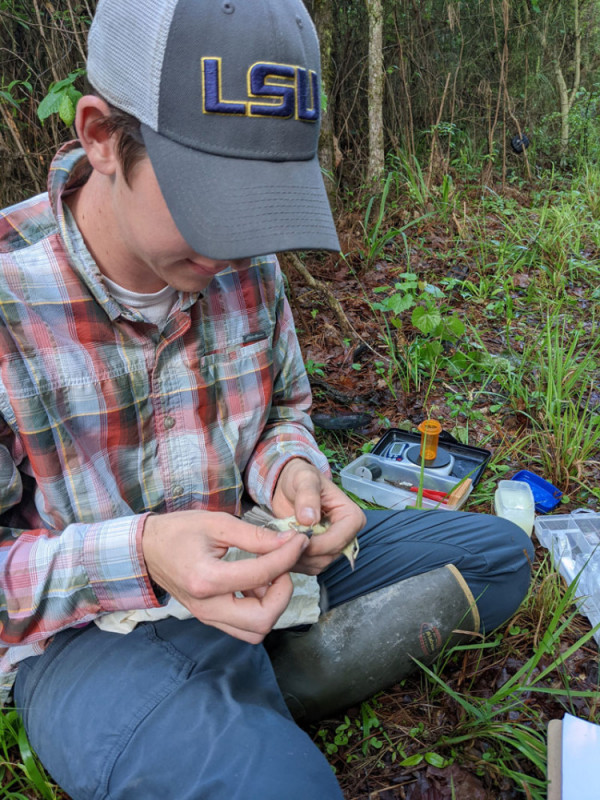
The study of bird migration, it turns out, has drawn from almost every branch of science. The use of weather radar to study ornithology had its origins in the earliest days of military radar usage in World War II. Early attempts to track birds using radio transmitters were made possible by the invention of the transistor and inspired by the launch of Sputnik. Researchers who study nocturnal flight calls rely on artificial intelligence to help identify and categorise the calls in their recordings. Efforts to determine birds’ geographic origins using their DNA, a sort of 23andMe for birds, were spurred by the advances of the Human Genome Project. I found myself joking that what I was really writing was writing a comprehensive history of the technological advancements of the 20th century, as told through the history of bird migration research.
Of course, my challenge was to distil this highly technical information into a book that would be engaging and hopefully even entertaining to read, regardless of whether someone had a background in the sciences. Ultimately, what draws people in are stories, not facts and figures, and the scientists I spoke with were generous in sharing their stories with me.
Ultimately, what draws people in are stories.
I talked to an ornithologist in Mongolia whose interest in birds was sparked by participating in a young naturalists’ club run by the Soviets when he was a child and his country was part of the USSR; a scientist in the USA who recalled struggling to string grants together to fund her research into bird genetics while also dealing with the demands of young motherhood; and a researcher who was astonished when a thrush she’d fitted with a radio transmitter in her home country of Colombia was then detected by a receiver only 200 km from the university campus in Canada where she was studying for her graduate degree. BTO’s own Nigel Clark spoke with me about his experiences tracking critically endangered Spoon-billed Sandpipers via satellite, packing three precious miniature transmitters on a flight to Asia in 2016 to try and uncover the details of their migratory routes and improve biologists’ chances of saving the species.
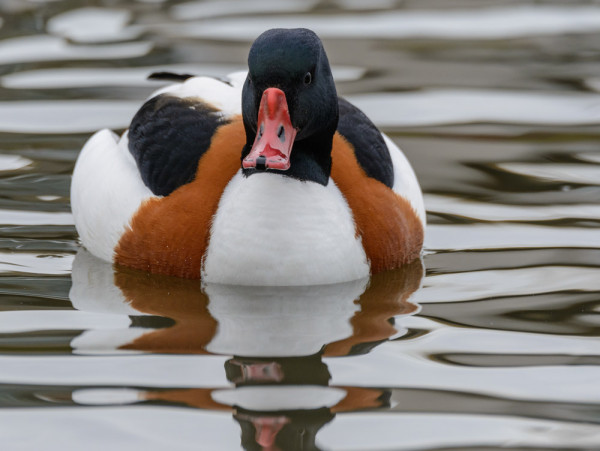
Sometimes, though, I had to get pretty creative to find a story in the science. The chapter of Flight Paths that covers stable isotope analysis opens with the sentence “Imagine you’re a deuterium atom,” cheekily inviting the reader along on the atom’s journey from the ocean into a raincloud and from there into a tree, a caterpillar, and finally, the feather of a Prothonotary Warbler.
One of the most satisfying chapters to write was the one that covered ‘citizen’ or ‘community’ science – the ways in which everyday birders who aren’t scientists in their day jobs can make real contributions to our understanding of migration. Birders who record their observations and submit them to databases such as BirdTrack aren’t just keeping busy. They’re adding to a massive dataset that scientists are using to drill down with incredible detail into where on the globe any given species is most likely to turn up on any day of the year.
Today, efforts like these are more crucial than ever before, because migratory birds are in trouble. Populations are in decline around the world. A recent analysis of North America’s birdlife found that there are around three billion fewer birds living on the continent today than there were in 1970. Similarly, BTO has calculated that the number of birds in the UK has decreased by 73 million in the same time period (a startling number when you consider that the UK is approximately 100 times smaller than North America in land mass), and that up to 46% of the regularly occurring bird species are in danger of being lost.
I hope that everyone who reads Flight Paths comes away with a feeling of optimism that it’s still possible to tackle the environmental challenges facing us.
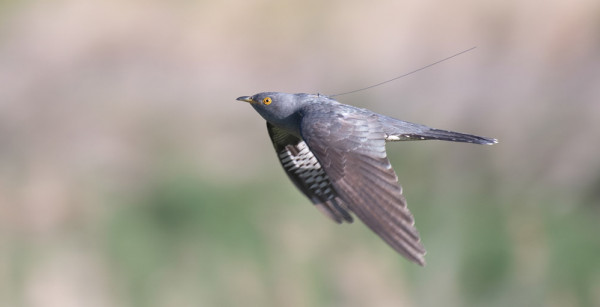
In order to effectively target conservation efforts, we need detailed data on the breeding ranges, wintering ranges, migratory routes, and stopover sites used not just by species but by the individual populations that make up those species (a concept known as ‘migratory connectivity’) – but for many birds, this information is still not available. So migration research, from the very high-tech to the simple submitting of checklists by amateur birders, is continuing with new urgency.
I hope that everyone who reads Flight Paths comes away with a new appreciation of the hard work and creativity that went into uncovering every impressive fact we know about bird migration, and with a feeling of optimism that it’s still possible to tackle the environmental challenges facing us.
During the early days of COVID-19, birds were a source of hope for me, and for millions of others. Now it’s our turn to be a source of hope for them.
Flight Paths: How the Mystery of Bird Migration Was Solved
“This fascinating book opens with a question: where do the birds go? People have, of course, been asking this question for centuries...the book does not answer this question directly but delves into the question of how we know where birds go.”
Rebecca’s first book, Flight Paths, tells the story of the study of bird migration, from ringing and radio-tagging to cross-continent citizen science projects.
BTO’s Associate Director of Research Rob Robinson lends his expertise to our book review.




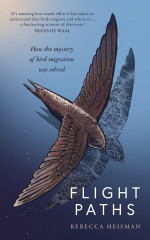
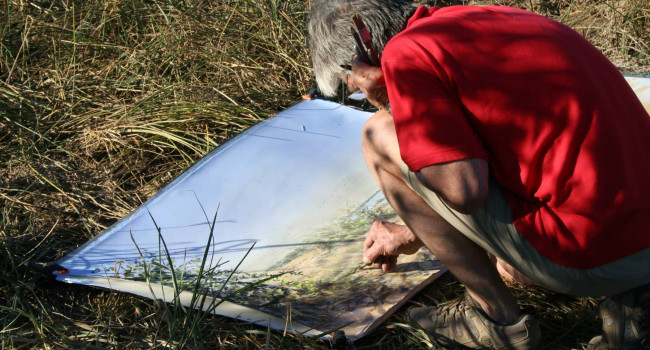



Share this page